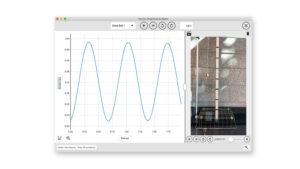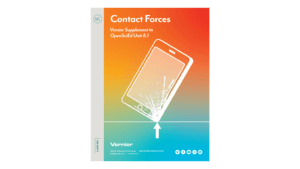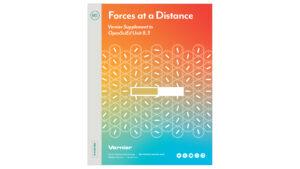Requirements
Our partnership with OpenSciEd gives middle school teachers access to free high-quality instructional materials that integrate our data-collection technology and align with the Next Generation Science Standards.
Follow the steps below to access your free PDFs and editable Google Docs for each lesson.
- Download the complete unit from OpenSciEd.
- Add the Sound Waves Supplement to your Vernier shopping cart.
- Complete the order. You will receive an email with a download link.
- Follow the link to download the Vernier Thermal Energy Supplement.
- Swap in the enhanced data-collection lessons for the OpenSciEd lessons.
Lessons
There are 14 lessons in the full OpenSciEd Unit 8.2.
2 lessons are enhanced with Vernier data-collection technology—included in the Vernier Supplement to Sound Waves
This unit uses Vernier Graphical Analysis™ and a Go Direct® Motion Detector.
|
Lessons |
|
Sensors Used |
|
|
Lesson 1: How does a sound source make something like this happen? |
|
|
|
|
Lesson 2: What is happening when speakers and other music makers make sounds? |
|
|
|
|
Lesson 3: Do all objects vibrate when they make sounds? |
|
|
|
|
Lesson 4: How do the vibrations of the sound source compare for louder versus softer sounds? |
|
Go Direct®
Motion Detector
(1 per class) |
|
|
Lesson 5: How do the vibrations from a sound source compare for higher-pitch versus lower-pitch sounds? |
|
Go Direct®
Motion Detector
(1 per class)
|
|
|
Lesson 6: How can any object make so many different sounds? |
|
|
|
|
Lesson 7: What is actually moving from the sound source to the window? |
|
|
|
|
Lesson 8: Do we need air to hear sound? |
|
|
|
|
Lesson 9: How can we model sound traveling through a solid, liquid, or gas? |
|
|
|
|
Lesson 10: What exactly is traveling across the medium? |
|
|
|
|
Lesson 11: How does sound make matter around us move? |
|
|
|
|
Lesson 12: What goes on in people’s ears so they can detect certain sounds? |
|
|
|
|
Lesson 13: What transfers more energy, waves of bigger amplitude or waves of greater frequency? |
|
|
|
|
Lesson 14: How can we explain our anchoring phenomenon, and which of our questions can we now answer? |
|
|
|




